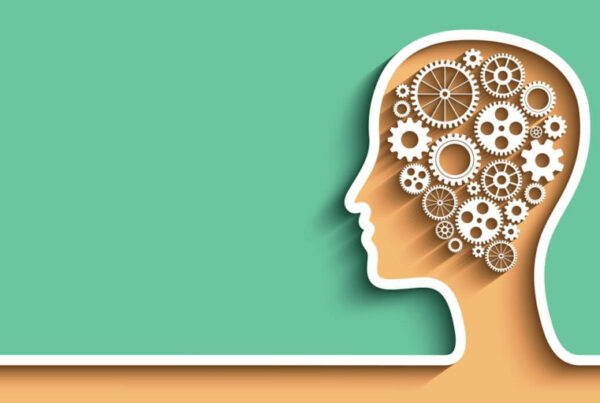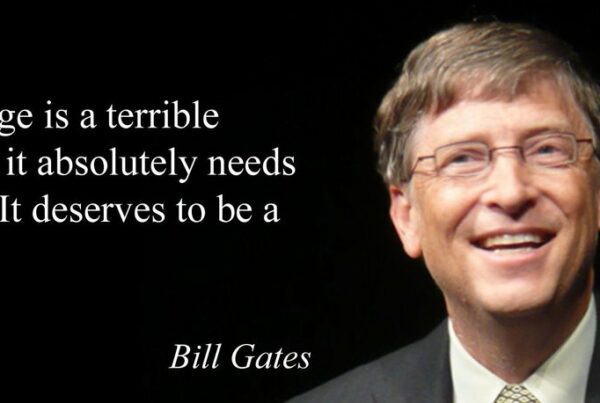“When people pull back from interacting with others because of their fear of disease, the things they stop doing will frequently affect much bigger industries in the United States,” wrote the University of Chicago economics professor, Austin Goolsbee.
In an elucidating article for The New York Times, Goolsbee assesses how the economic impacts of COVID-19 will be significantly greater in the United States than in China.
China experienced a broad and rapid spread of COVID-19 — quarantines slowed the spread of the virus; however, basic commodities and output substantially slowed down with the shuttering of factories and other businesses. This global supply chain shortage from everything from auto parts to generic medicines and production delays in things like iPhones is being felt everywhere. Since the article’s publishing date on March 6th, countries are scrambling to take measures to minimize the effects of a global recession in the coming months.
But how the United States experiences COVID-19 in an economic sense, will be starkly different than China’s experience, “Just as the disease poses a particular threat to older patients, it could be especially dangerous for more mature economies.”
Here are three major factors that change the scope of the impact:
- Urbanization: The U.S. is more heavily urbanized, which could accelerate more rapid contagion.
- Containment: A large share of American workers lack paid sick days and health care coverage, so people may be less likely to stay home or get timely, proper medical care.
- Service Sector: Consumption and the service sector play an outsized role in the U.S.’ GDP. When people pull back from interacting with others – choosing not to shop, travel, or attend group events – bigger industries like travel, sports and entertainment, fitness, and more, will feel greater economic repercussions.
Numerous social, political, and economic differences will determine how the United States differs from China in terms of coronavirus’ short and long term financial effects. If a quarantine remains in place for months and consumers are instructed to or have the inclination to stay at home, a “demand shock” is certain.
Goolsbee draws an analogy to that of a “Snowmaggedon-style storm” that hits the whole country and lasts for months, where economic activity and social interaction shuts down until the snow is cleared away. In the case of the United States – when the peak of the virus is currently estimated to be two to four weeks away – this corona-geddon is going to pack a lot more of a gut punch for America’s economy.]








